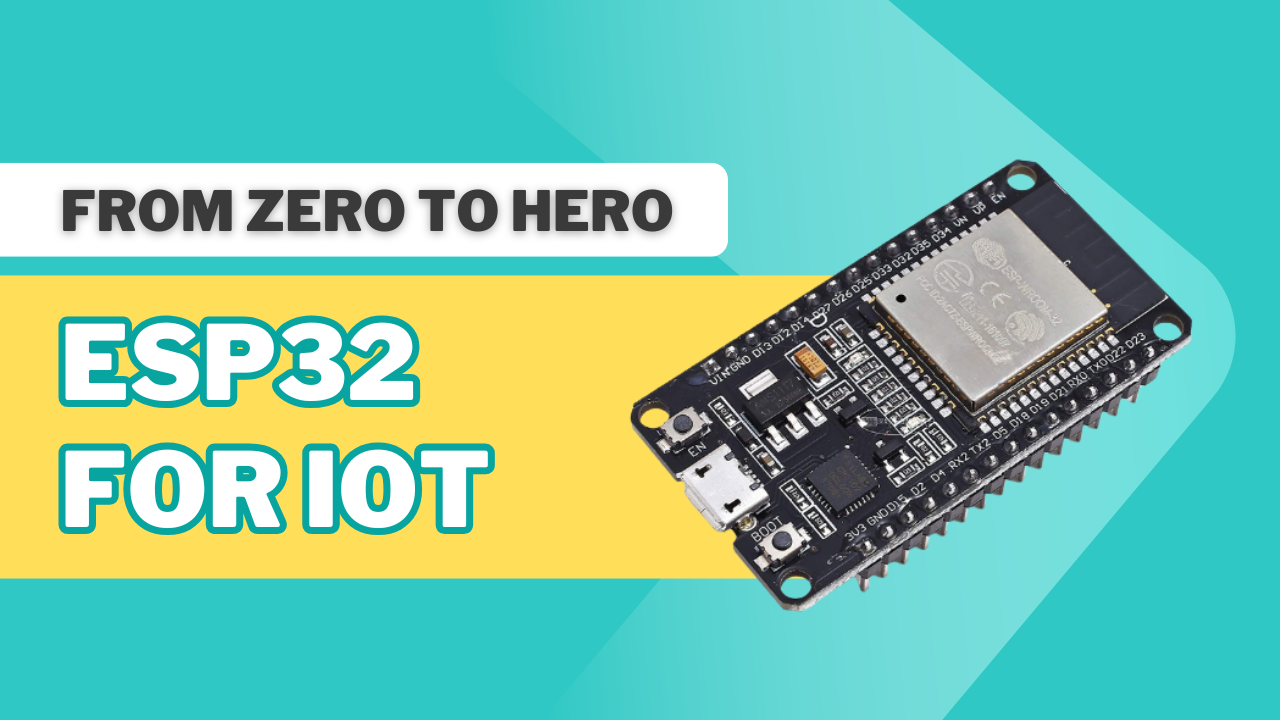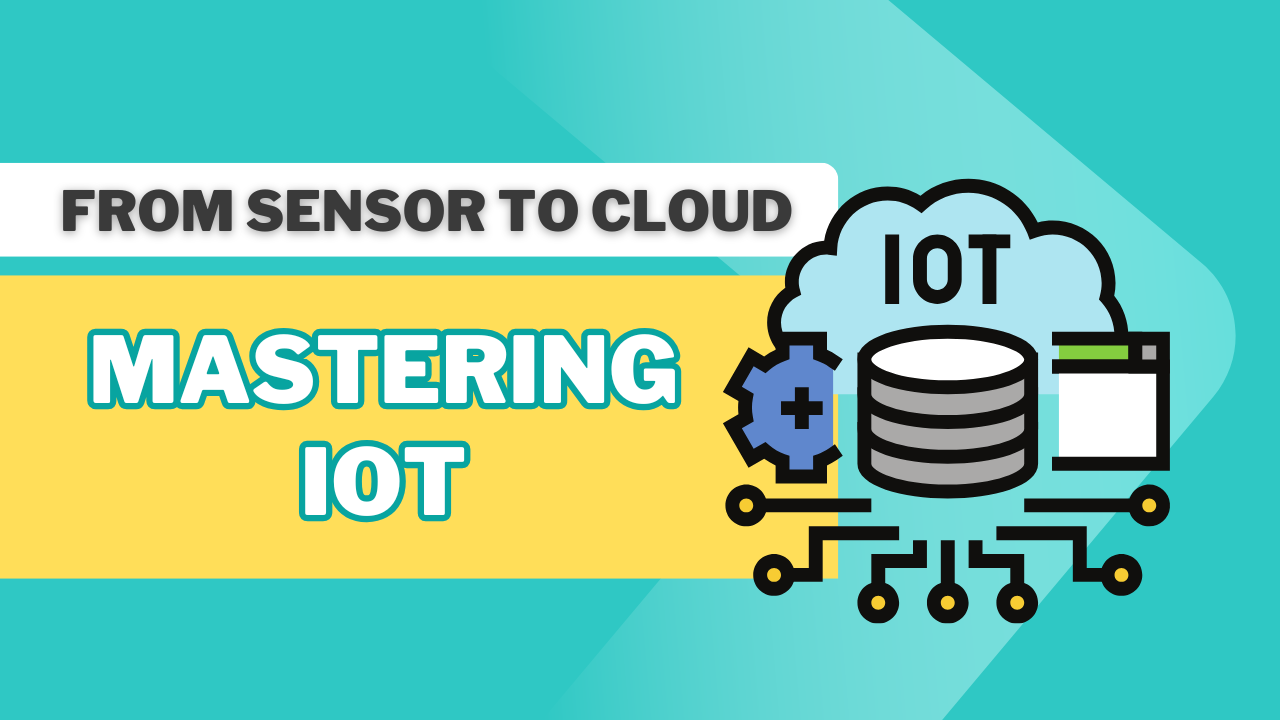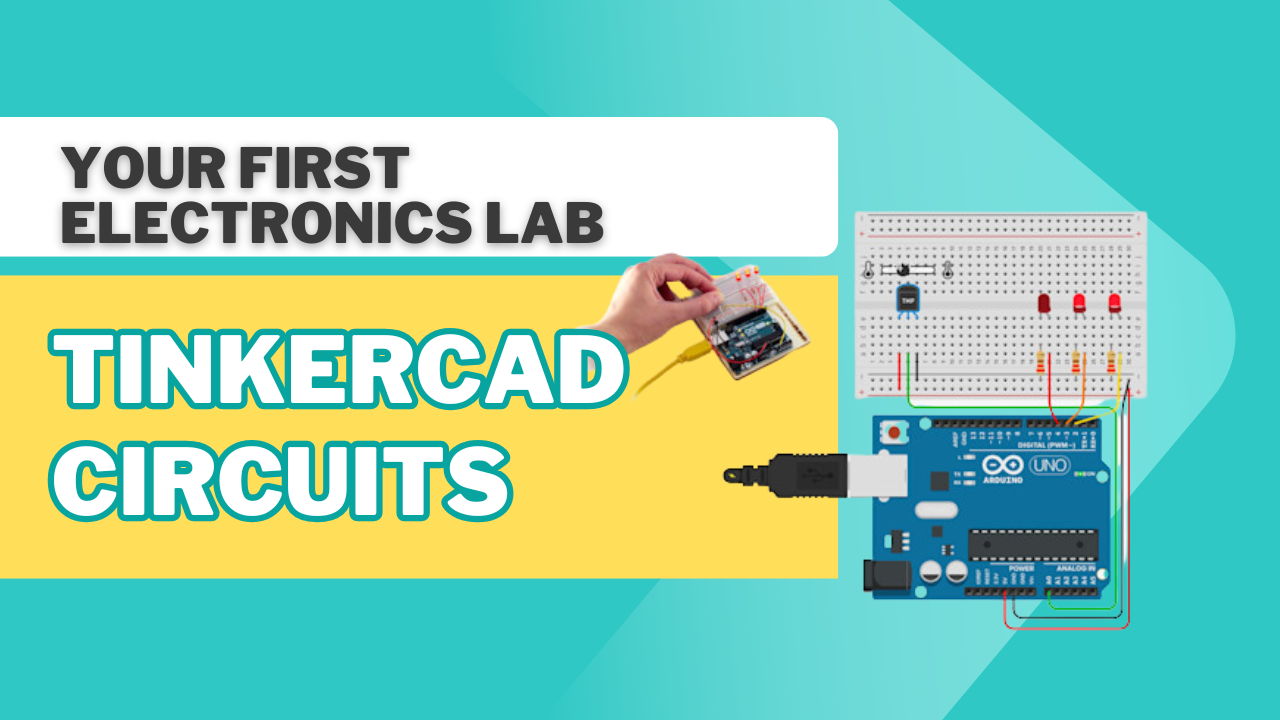Build an Obstacle-Avoiding Robot
Available Coaching Centers:
This accelerated, 5-class course is designed for anyone who wants to learn the fundamentals of robotics by building a complete, autonomous robot. We will use the beginner-friendly Arduino platform as the "brain" and focus on a popular and engaging project: the Obstacle-Avoiding Robot.
What you will learn from this course:
- Robotics Fundamentals: Gain a complete understanding of how a simple robot works, from its physical components to its electronic "brain."
- Mechanical and Electrical Assembly: Master the hands-on skills of assembling a robot chassis, mounting motors, and correctly wiring a motor driver (L298N) and an ultrasonic sensor.
- Motor Control: Learn to program an Arduino to control the speed and direction of DC motors, enabling your robot to move autonomously.
- Sensor Integration: Understand how to connect and read data from an ultrasonic sensor (HC-SR04) to give your robot the ability to "see" and measure the distance to objects.
- Programming Logic: Develop critical problem-solving skills by writing the core logic that allows the robot to make decisions, such as when to stop, reverse, and turn to avoid collisions.
- System Integration: You will learn to combine all these skills—mechanical, electrical, and software—to create a fully functional, autonomous robotic system from scratch.
Lecture 1: Robot Chassis and Motor Control:
- Description: We begin with the physical build. You will assemble the robot chassis, attach the motors and wheels, and understand how to power them. This class focuses on the hardware and the basics of controlling motion.
- Key Concepts: Robot chassis assembly, DC geared motors, motor driver (L298N) functions, and basic wiring.
- Hands-on Project: Assembling the robot chassis and wiring the motors to the motor driver.
Lecture 2: Arduino Integration and Basic Movement:
- Description: We'll connect the motor driver to the Arduino, giving the microcontroller control over the motors.
- Key Concepts: Connecting the Arduino to the motor driver, controlling motor direction and speed, creating functions for basic movements
- Hands-on Project: Programming the robot to perform a basic sequence of movements (e.g., move forward for 2 seconds, turn right, move forward again).
Lecture 3: Ultrasonic Sensor and Distance Measurement:
- Description: This is where the robot becomes "smart." We will introduce the HC-SR04 ultrasonic sensor, which acts as the robot's eyes. You'll learn how this sensor works and write code to measure the distance to objects.
- Key Concepts: How ultrasonic sensors work (ping-echo) calculating distance, and serial communication for debugging sensor readings.
Hands-on Project: Mounting the ultrasonic sensor on the robot and writing a program to continuously measure and print the distance to an object in front of it.
Lecture 4: Obstacle Detection and Avoidance Logic:
- Description: Now we combine everything. You'll write the core logic that allows the robot to make decisions based on sensor data. We will use if-else statements to tell the robot what to do when it detects an obstacle.
- Key Concepts: Conditional statements (if, else if, else), defining a "safe distance," and creating a decision-making loop for autonomous navigation.
- Hands-on Project: Writing the complete program for obstacle avoidance: if the distance is too short, the robot should stop, reverse, and turn to find a clear path.
Lecture 5: Final Robot Assembly and Advanced Logic:
- Description: In the final class, you will assemble all the components and test your complete robot. We will also introduce optional enhancements, such as using a servo motor to make the ultrasonic sensor "look" left and right for a more intelligent avoidance strategy.
- Key Concepts: Integrating all components, basic troubleshooting, and an introduction to servo motors for scanning.
- Hands-on Project: Testing the complete obstacle-avoiding robot, and if time permits, adding a servo motor for a more sophisticated obstacle avoidance strategy.
Leave a Review
Available Coaching Centers:
What you need/Requirement
Internet
You need a working internet connection to watch videos, join online classes, and get help when needed.
Laptop/PC
A personal computer is essential for hands-on practice and project work.
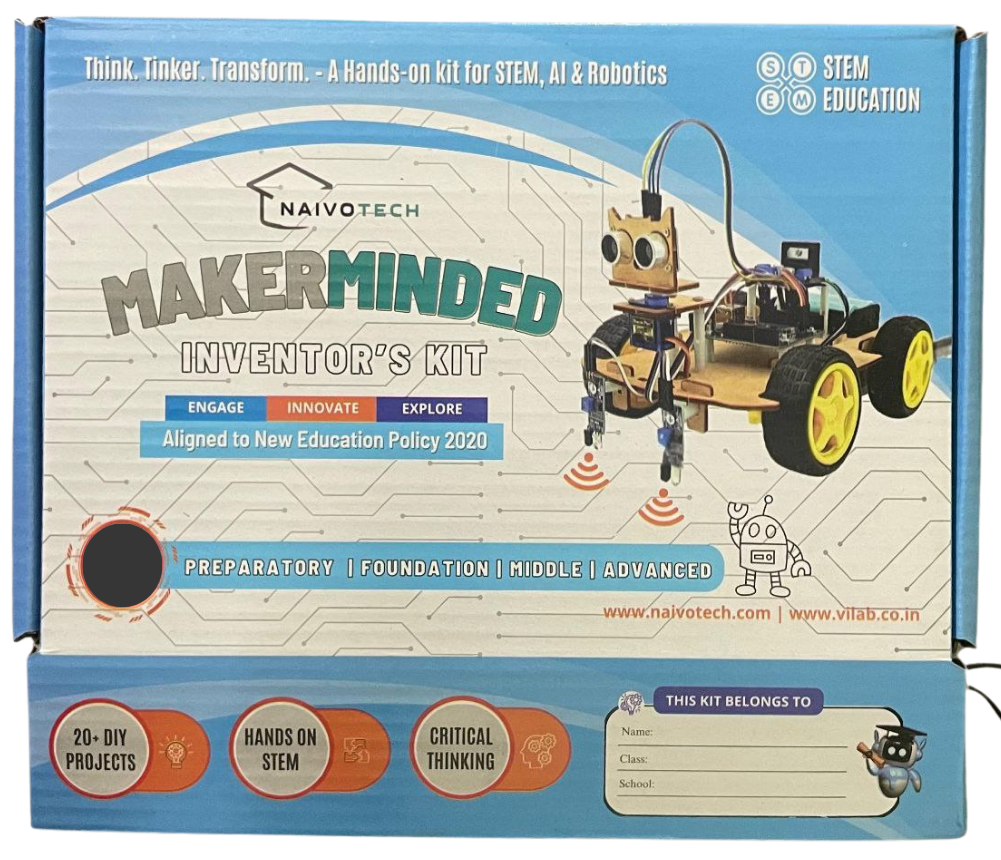
Robotics and STEM Kit
Complete STEM kit with all the components needed for building real-world projects.
Learning Path




Earn Valuable Credentials
and Lead with a Competitive Edge.
Certificate and Recognition That Validates Your Skills
Our curriculum is meticulously designed in collaboration with industry leaders to ensure every skill you acquire is not just current, but in high demand.
Get Mentorship From Top 1 % Industry Experts
Our mentors are seasoned professionals and thought leaders who provide unparalleled guidance and personalized feedback.
Network For Lifelong Success
Our vibrant community of professionals offers continuous support, mentorship, and a platform for lifelong career acceleration.
.png)
Explore Similar Topics
Discover more similar content to expand your knowledge and sharpen your skills.
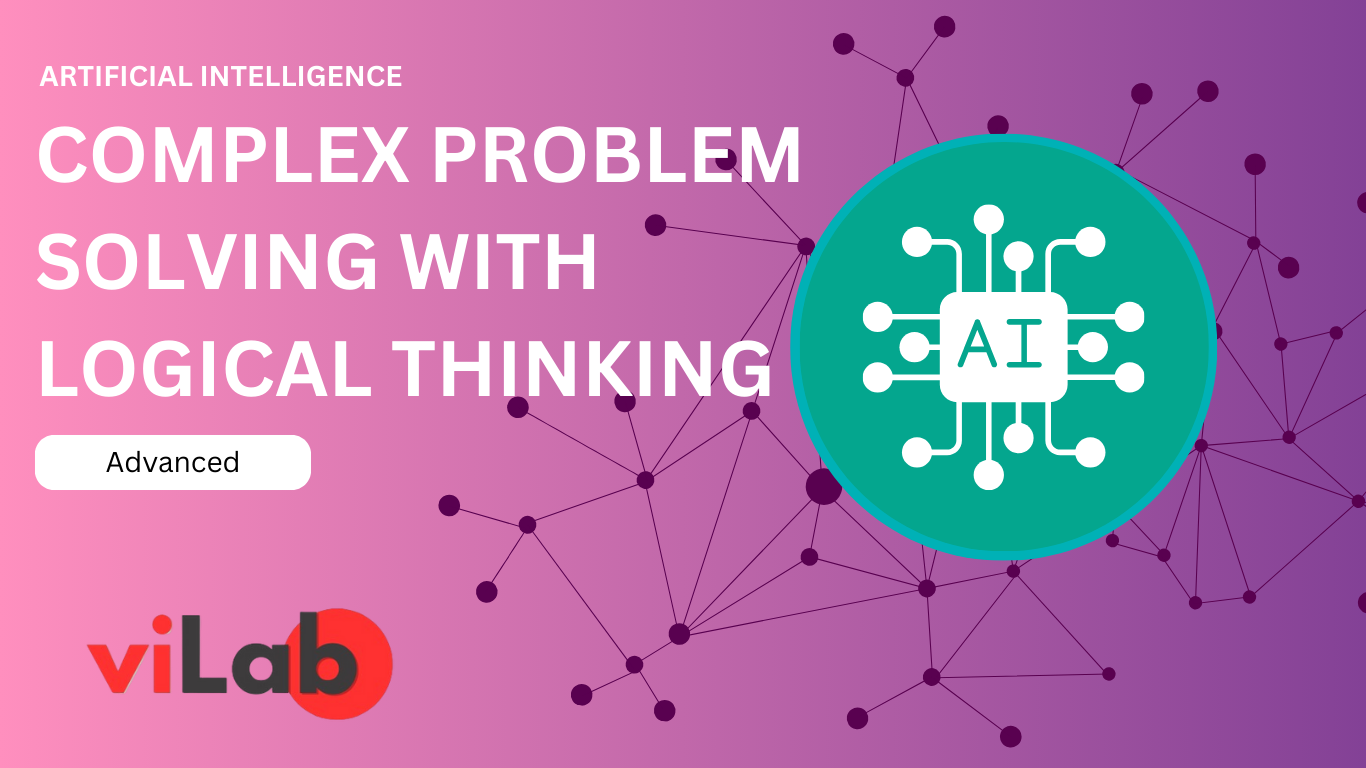

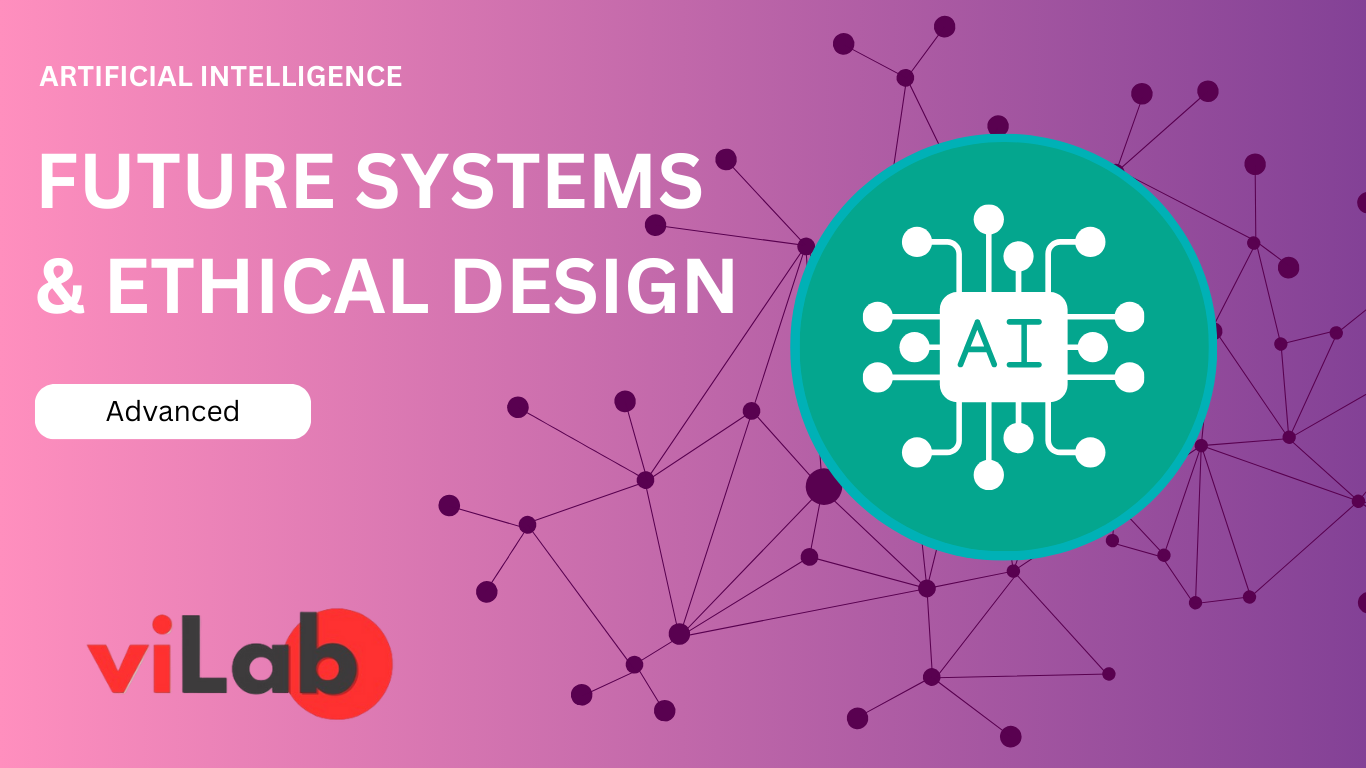
.png)
.png)

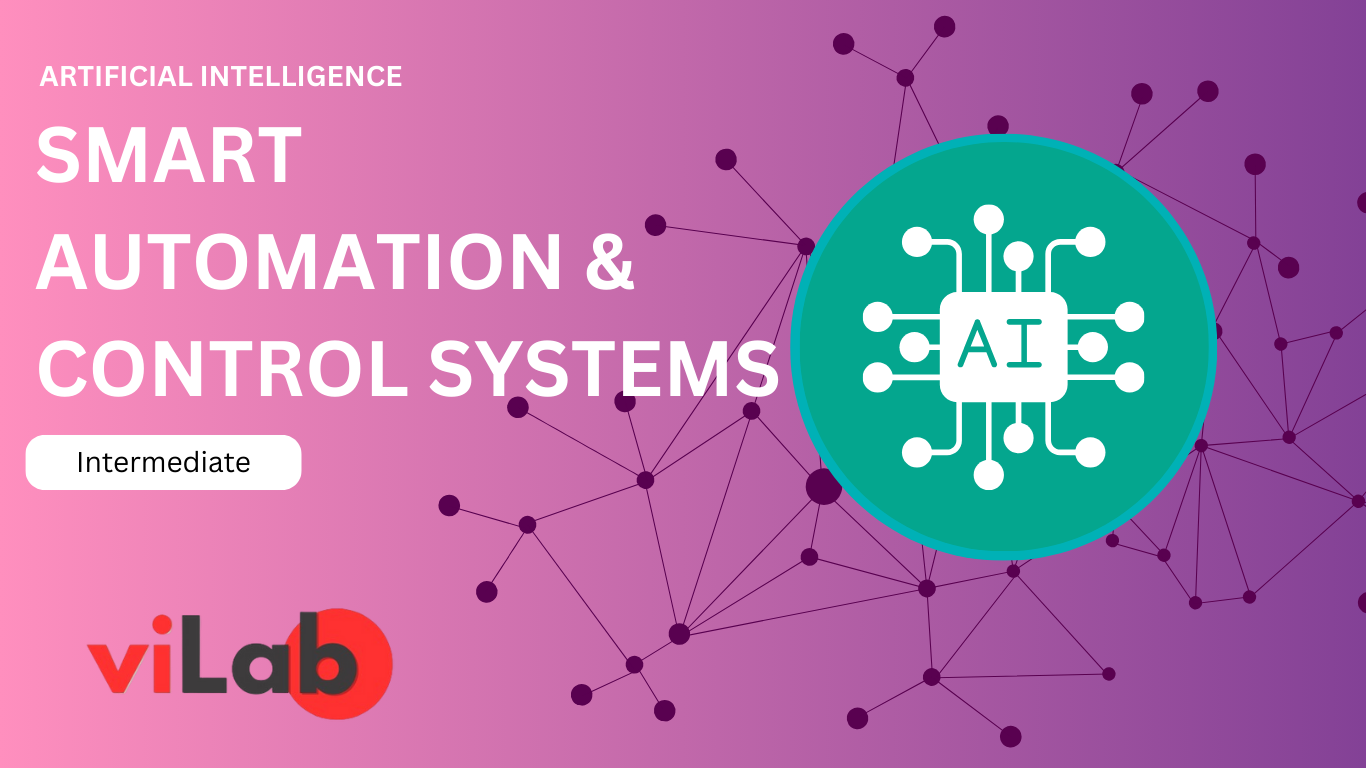


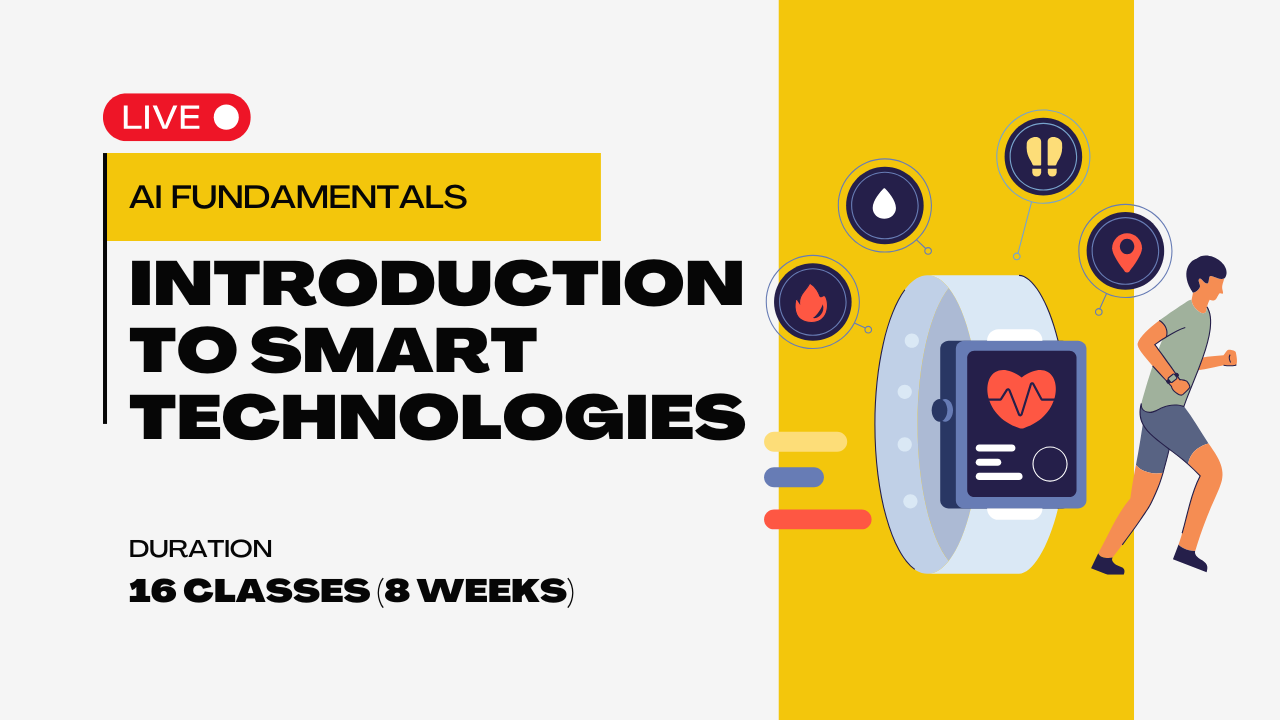
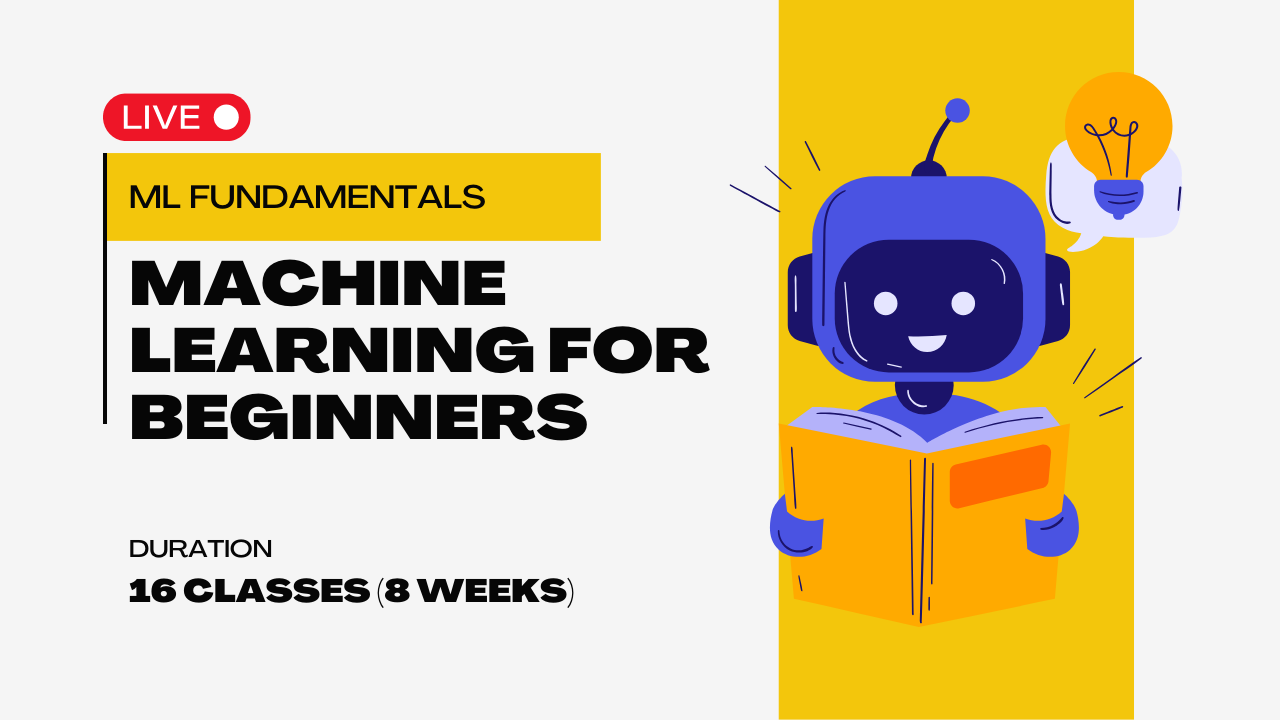

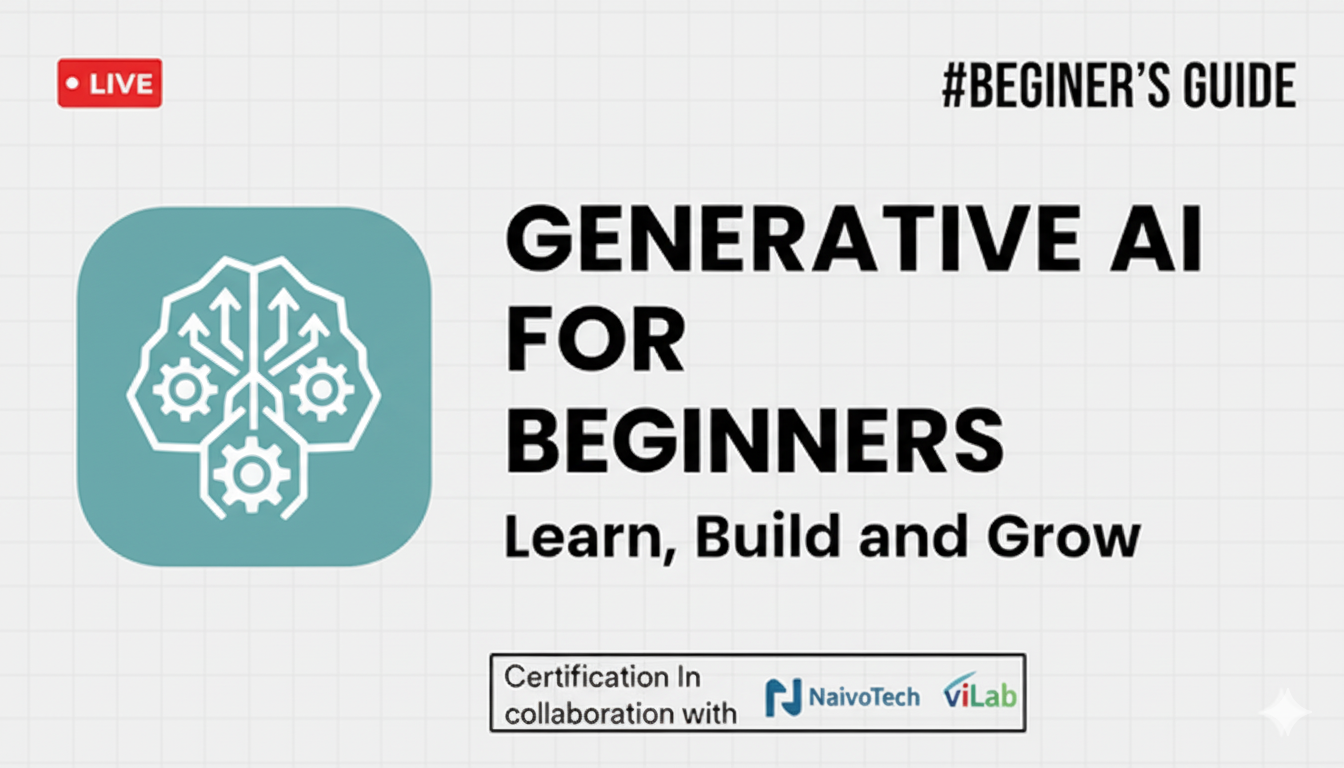
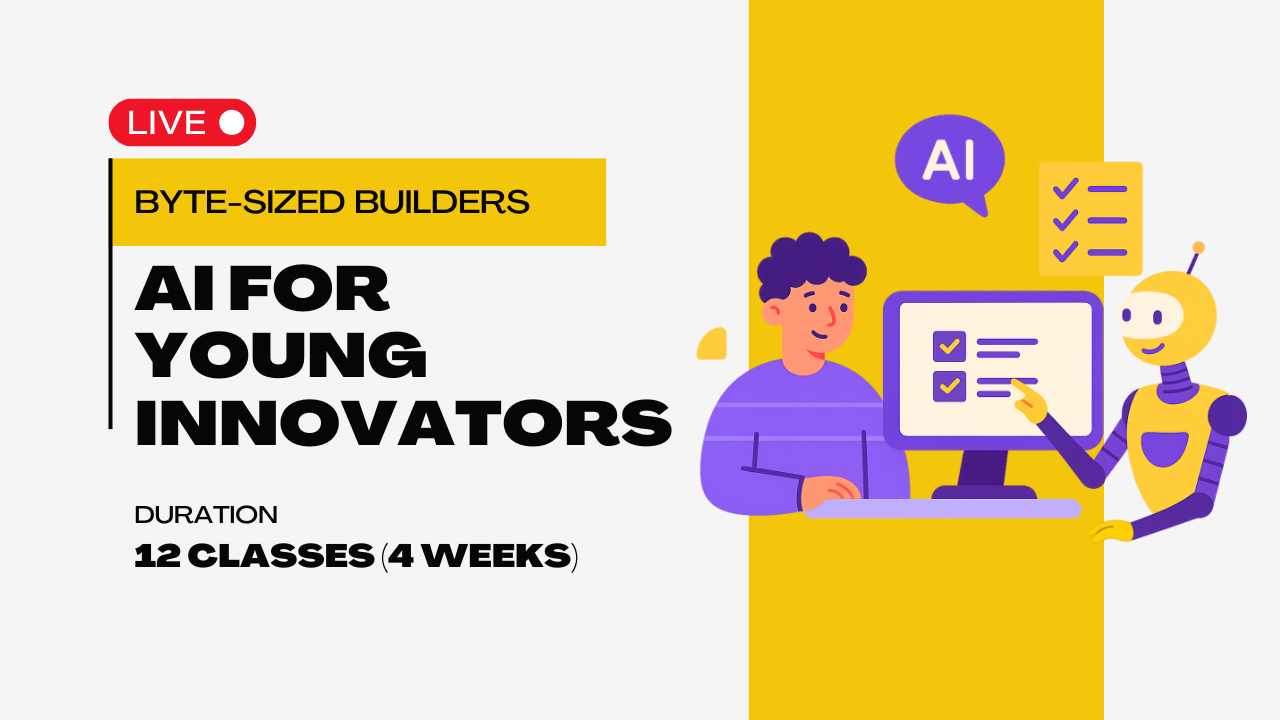
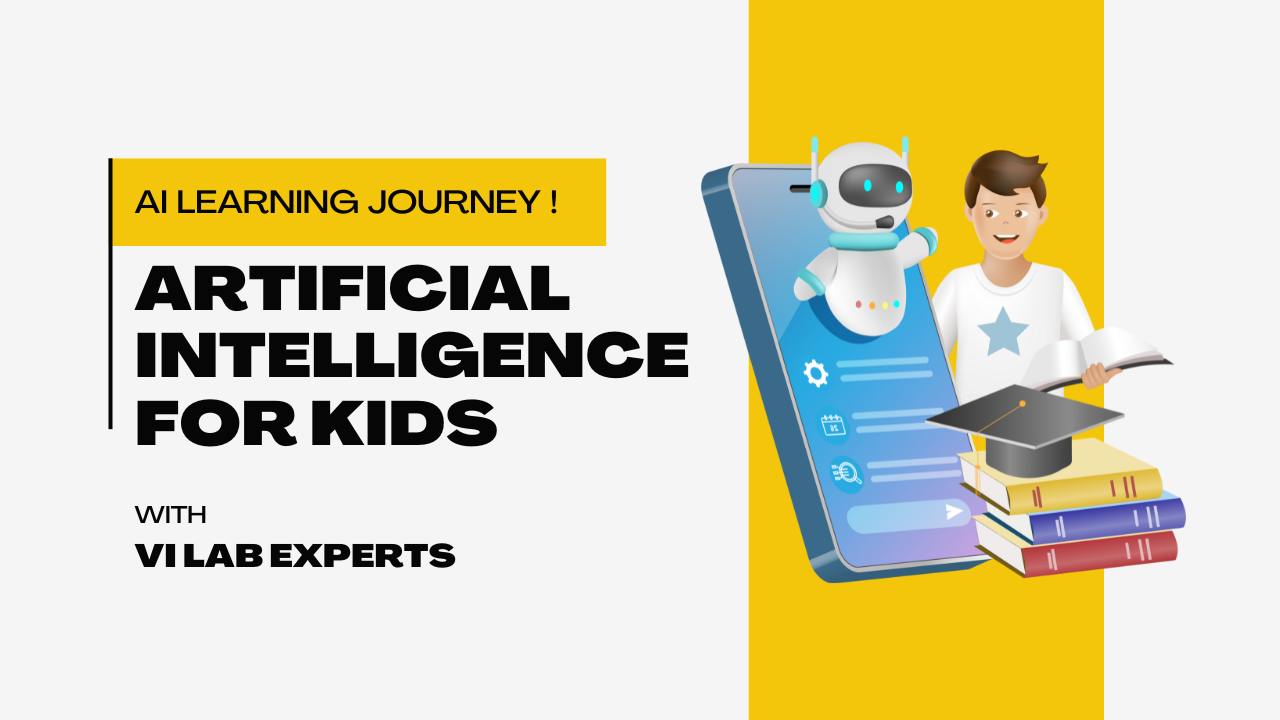
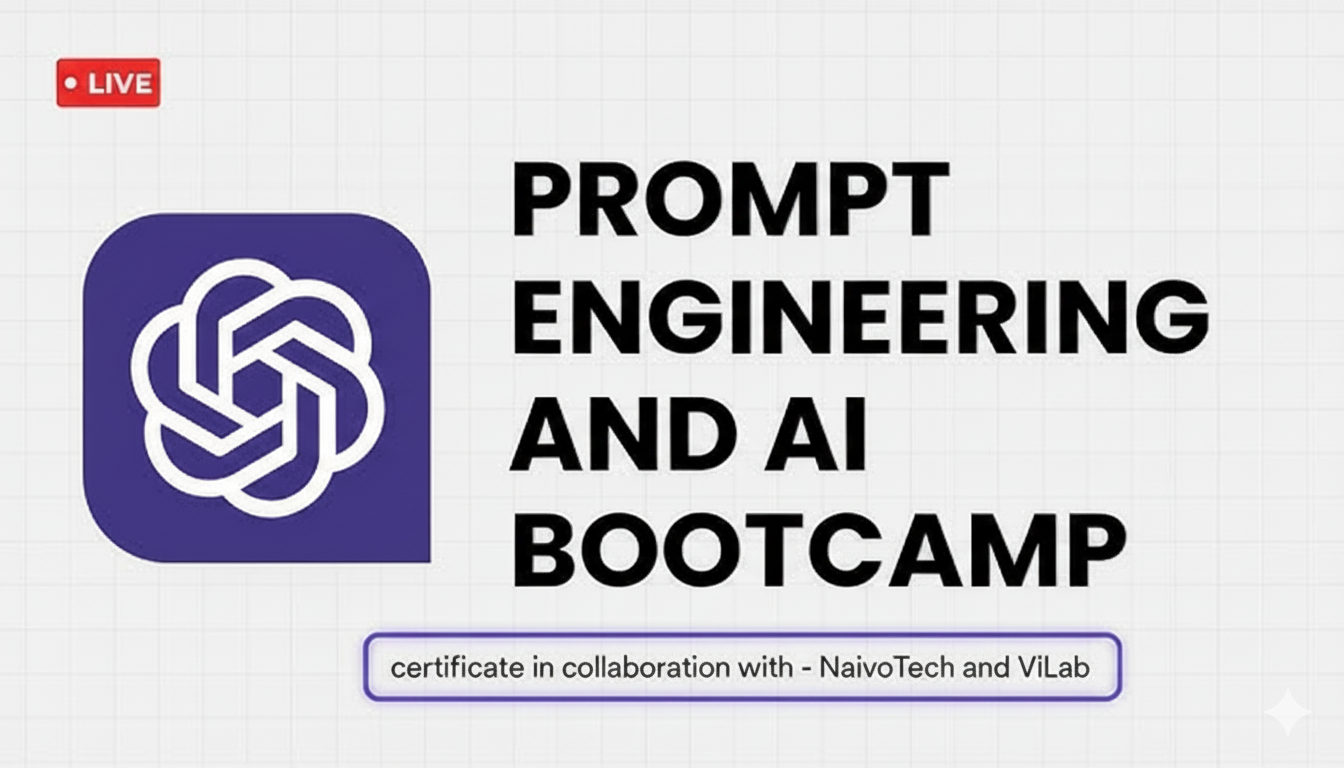




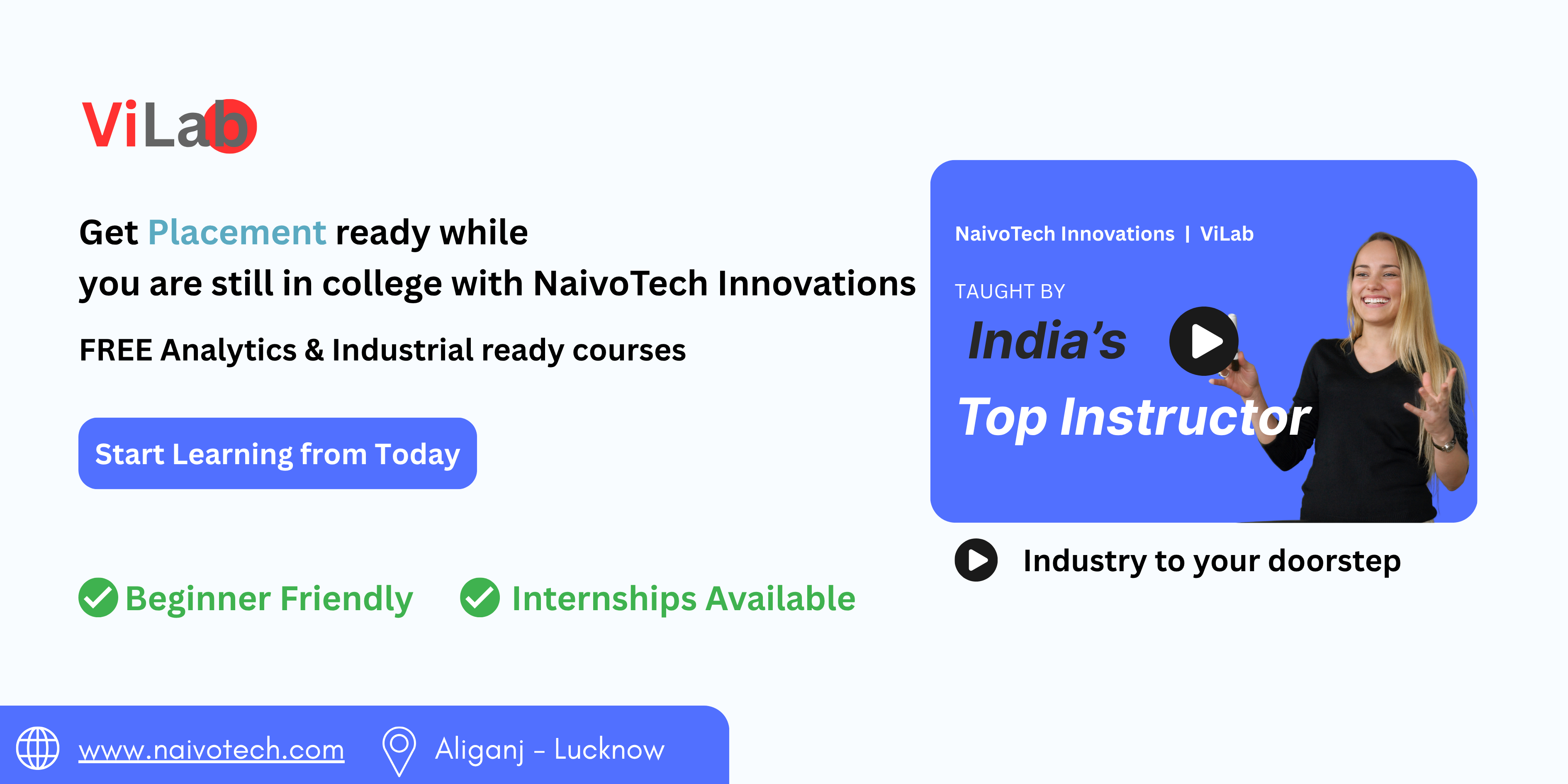
.png)
.png)

.png)


.png)
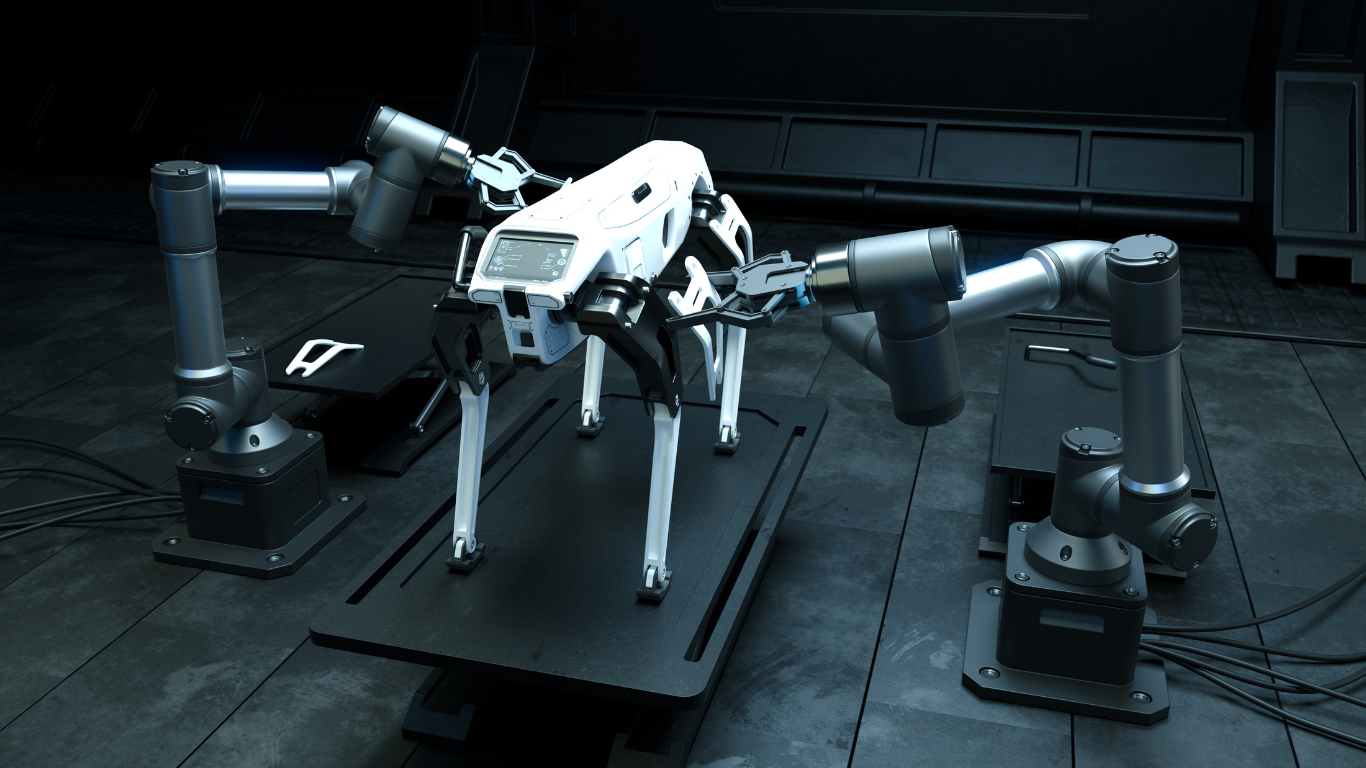
.png)
.png)
.png)

.png)
.png)








.png)
